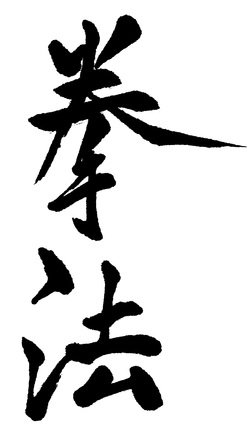The Objective

The objective of the Kosho Ryu Kempo-ka is to be able to relate to everything, abandon his prejudices, and thus rid conflict from his life. Conflict is usually created from differences (the opposite of similarities) of opinion, pertaining to physical or philosophical prejudices. Once you eliminate conflict, emotional or physical, and understand laws and principles, you learn to see yourself as the root of all of your conflict. Once the source of conflict is known, it can be eliminated. Happiness is the result. Kempo-ka become content, able to harmonize with and accept life's events, and able to control their environment. Once you learn to control yourself and your environment, controlling or redirecting an attacker is possible as well.
